The ducted fume hoods as they are the most used fume hoods available on the market today. The available type are the constant air volume (CAV), the reduced air volume (RAV) and the variable air volume (VAV) chemical fume hoods.
Chemical fume hoods work by extracting air and noxious fumes away from the lab. and out of the fume hood where the air is filtered and returned to the outside environment by means of a duct system. User protection is enhanced by a movable sash that can be raised or lowered based on the needs of the user. All three types work in a very similar way, differentiated only by their air flow properties.

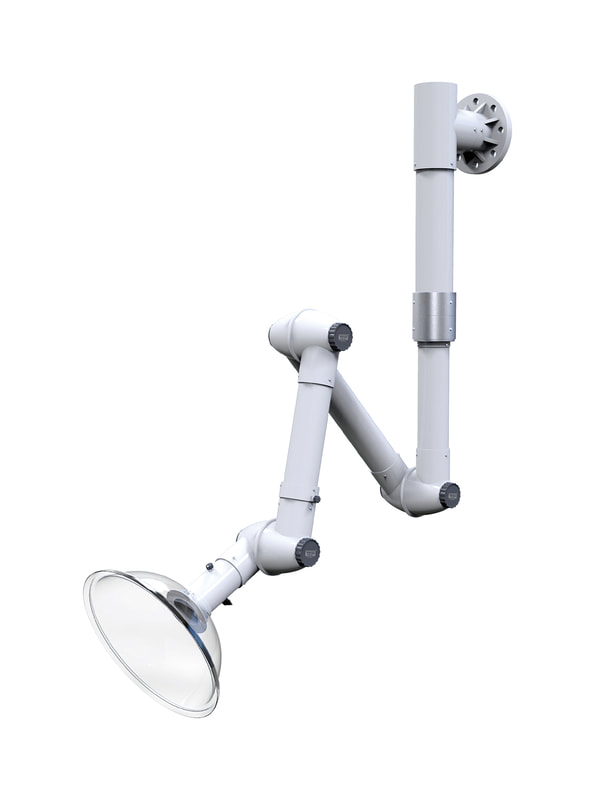
Extraction Arms
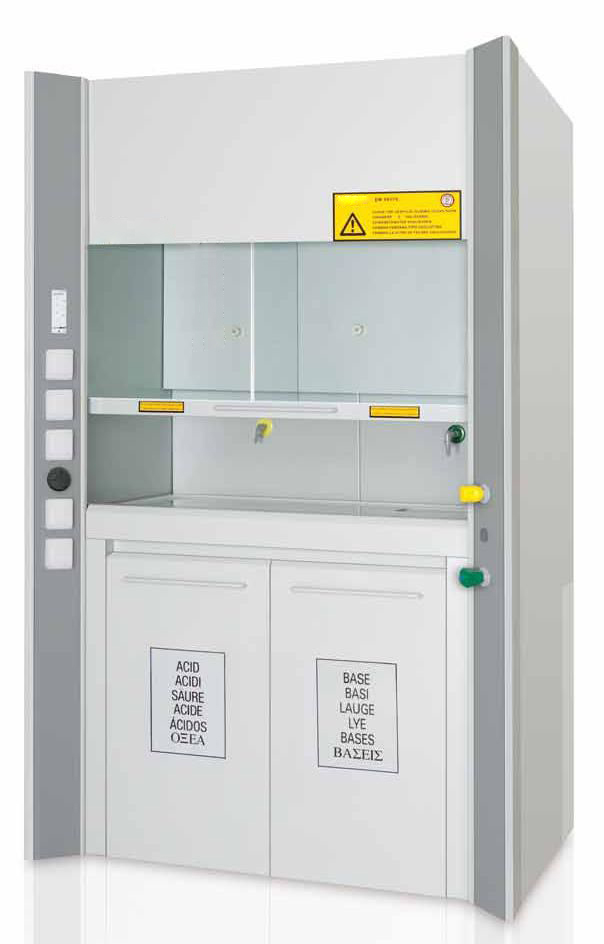
Fume Hoods
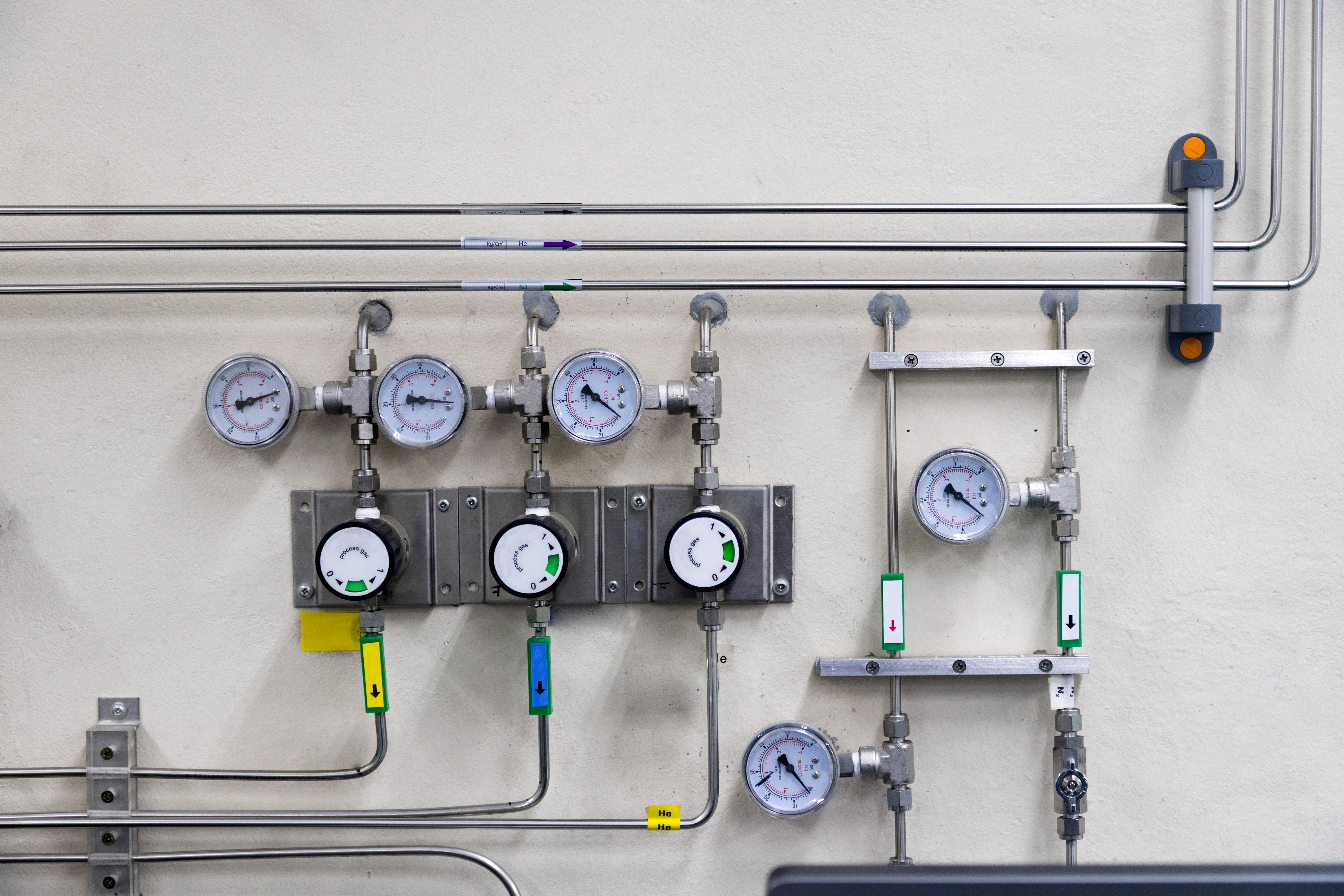
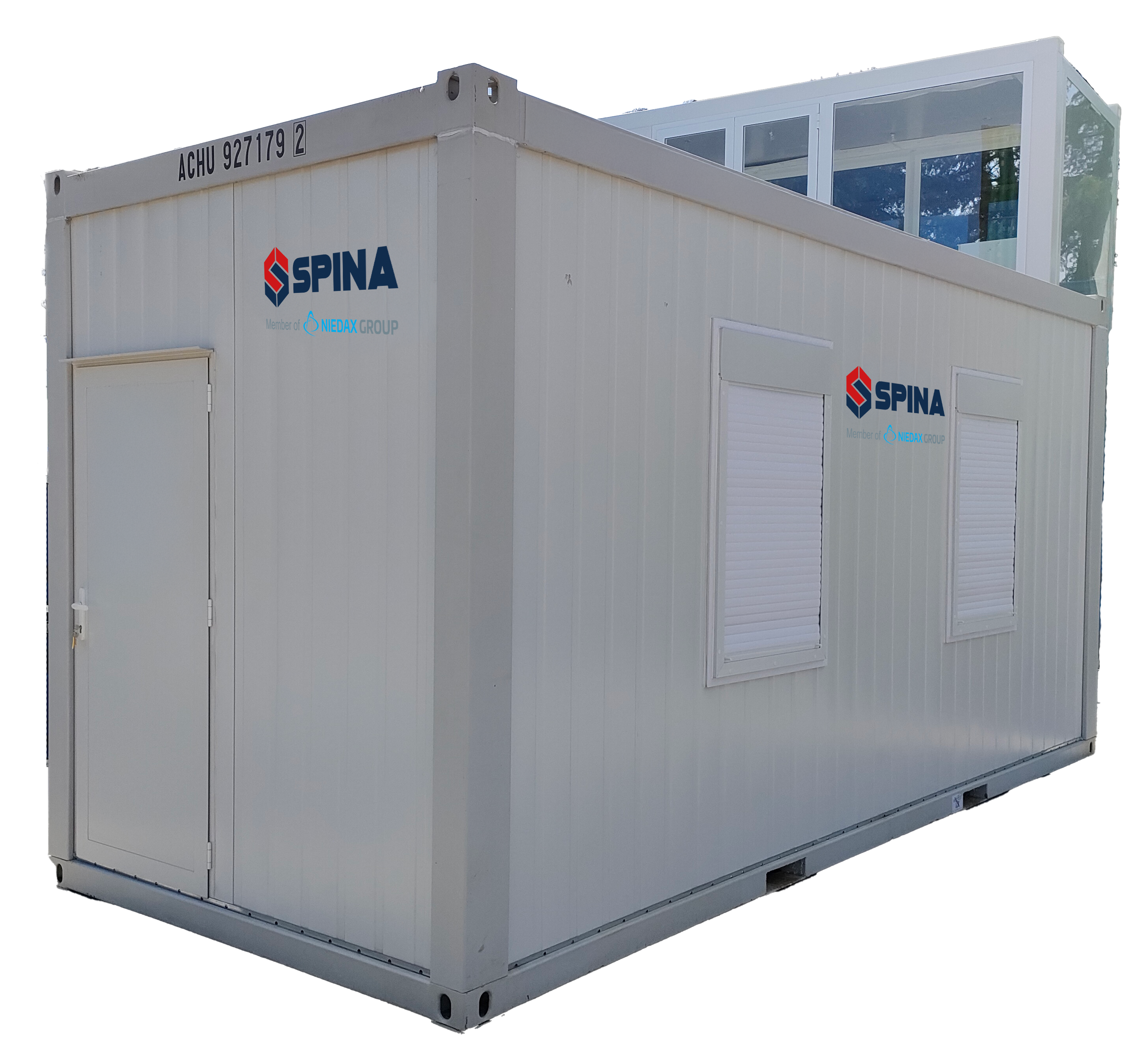
Thanks to our engineering skills and to the manufacturing capability of our partners worldwide, we are able to supply tailored laboratory shelters either based on commercial container sizes (e.g. 20ft / 40ft) or specifically designed with tailored dimensions in order to suit any particular application need in term of construction materials, design and certifications required for installation in the most severe conditions, like those on vessels or offshore platforms.
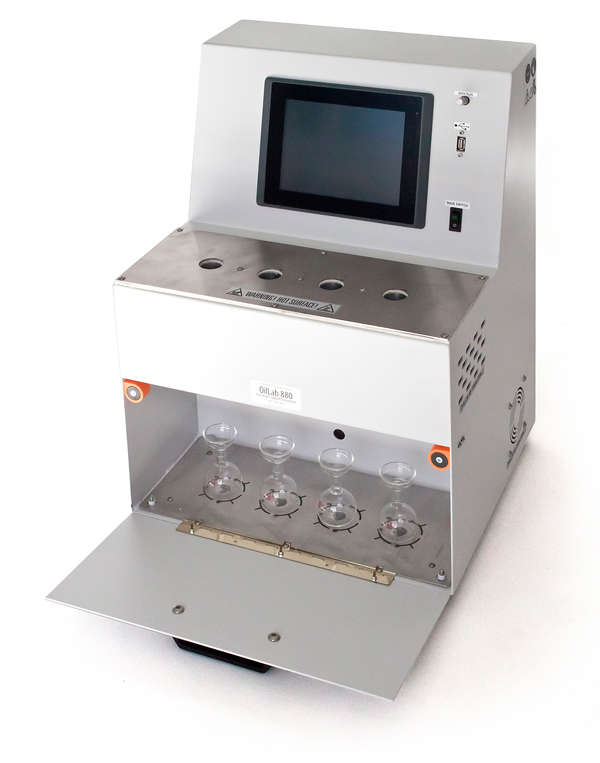
Our solutions are based on the study of individual project specifications with related analytical methods and available spaces in order to identify the best solution.
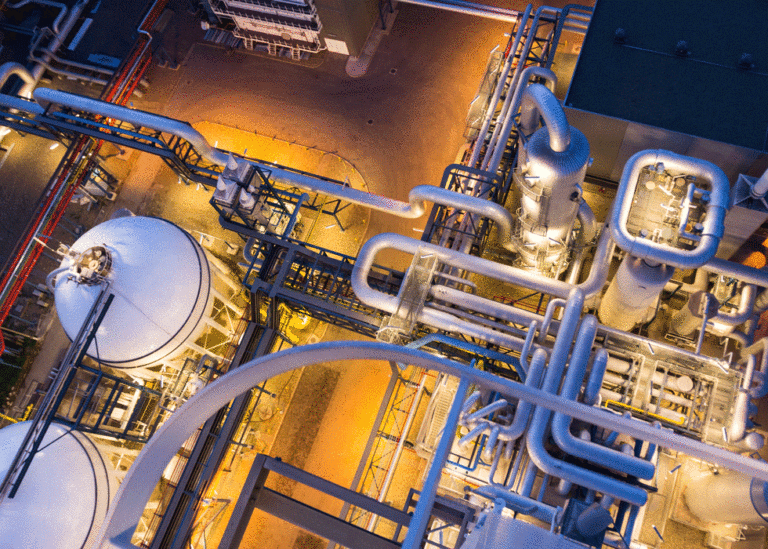

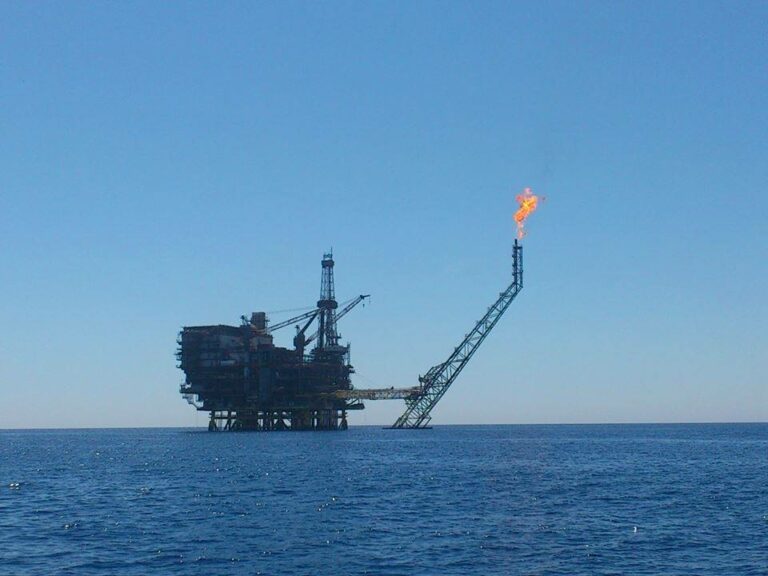
Do you have a question or need specific information? Write to us and we can best advise you.
Our technicians will be able to support you in analyzing all your needs and identifying the most suitable product for your needs